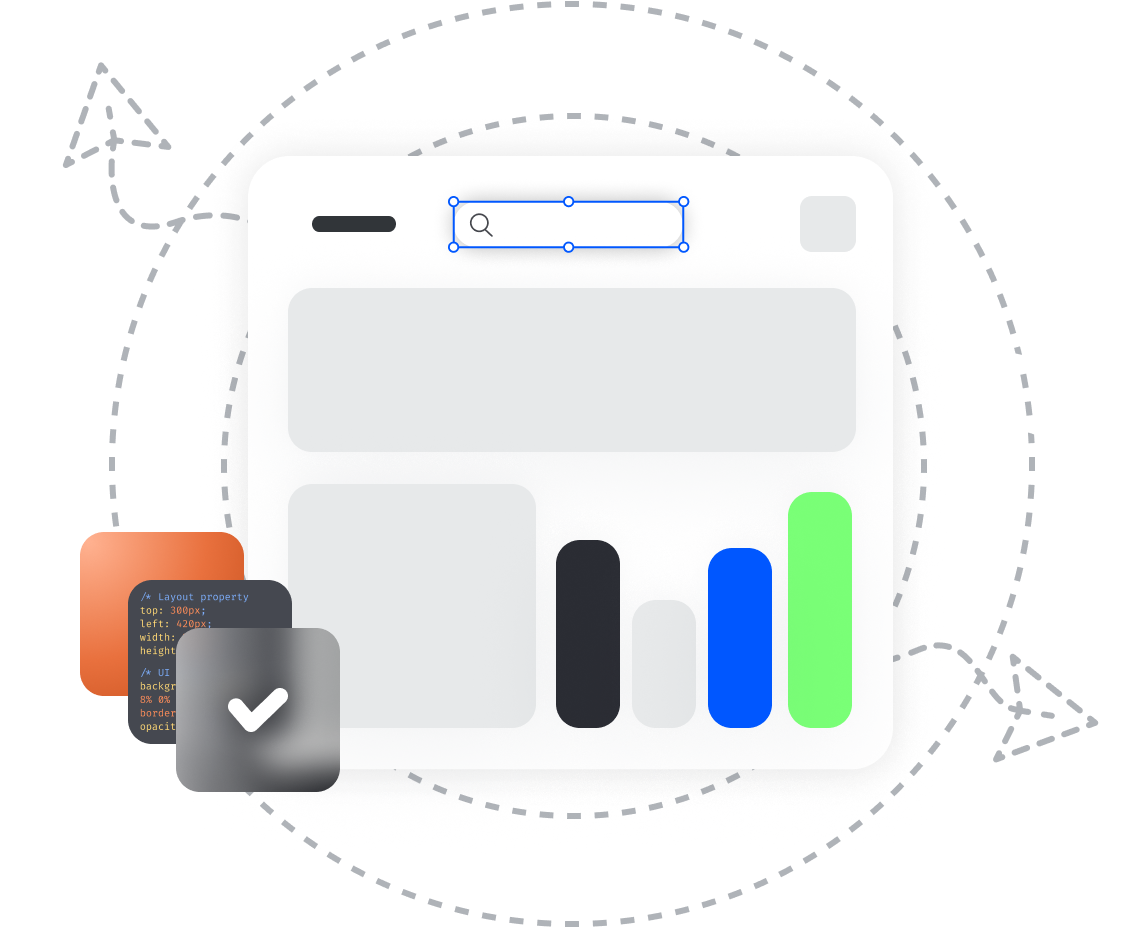The Most Common Software Development Methodologies

Software product development uses a lot of methodologies – well-proven engineering
practices. Software development methodologies determine the success of a project.
Without a properly selected approach, it’s difficult to achieve stability in the product
operation, safety and sustainability of functional features, etc. Therefore, the Project
Managers try to find the best option out of many.
It can be difficult for a person without a solid technical background or a beginner specialist
to understand all the nuances. In this article, we’ll try to provide an overview of the most
essential software development approaches.
What Is Software Engineering Methodology?

A software development methodology is a system that determines the order of execution
of tasks, methods of assessment, and control. Software development models are chosen
based on the direction of the project, its budget, the timing of the final product, and
sometimes even on the preferences of the project manager and team members. Software
development techniques differ from each other in how the stages of the software life cycle
are interconnected within the development cycle.
Software development consists of the following stages:
- Strategy Definition: clarification of requirements, assessment of the implementation of these requirements, calculation of the budget, and determination of the possibility of performing work for the client on mutual terms. This stage can occur only once per cycle.
- Analysis: a study of the functions that were determined at the stage of strategy, attributes and relationships. This stage usually occurs immediately after the definition of the strategy and can be repeated in a cycle.
- Design: a collection of a data model.
- Implementation: product development according to requirements, the interaction of the whole team to achieve the final goal. This is one of the most intense stages of the development cycle.
- Testing: everything that the developers do is tested. This phase can run in parallel with the implementation phase.
- Integration: often, the product is implemented in iterations in order to make it work better, gradually coping with bugs and difficulties. During the integration phase, your client will be your main tester. The systems go to full capacity and start working for the users.
- Use and technical support: keeping the project afloat, interacting with the client, users, and so on. It all depends on the conditions of work on the project.
The alternation of these stages, the interaction between them can change, based on the software programming models chosen. Now, let's list the most common software development methodologies.
6 Popular Software Development Methodologies
As you can see, there are several basic software development practices, each with its own
advantages and disadvantages. To help you figure out which approach would be most
appropriate for your product, be it an application or a website, we'll take a look at 6 types
of software development methodologies. Check them out and decide which one will best
suit your business goals and expectations.

Waterfall
A waterfall or cascade model of software development is a development process in which
the phases of collection and analysis of requirements, design, implementation, testing,
integration, and support are sequentially passed. Following the waterfall model, developers
move from one process to the next in a strictly sequential manner. The transition from one
phase of product creation to another occurs only after the whole completion of the
previous phase and that transitions back and overlapping of phases do not occur.
Software development within this methodology allows you to strictly fix the budget and
terms. However, this model can be effective only if the customer understands in great
detail the goals and objectives of the product being developed, and is also able to
formulate them.
Pros
|
Cons
|
Agile
The main idea of Agile software development is to develop a product through short iterations (cycles). This method divides the work into separate phases called sprints; that is, this methodology does not have a rigid framework. Communication is a key tenet in Agile. Team members are constantly looking for customer feedback and making changes to the software. This approach allows minimizing risks (for example, bugs, budget overruns, and changes in requirements) and adding new functionality if necessary.
Pros
|
Cons
|
Feature-Driven Development
Feature-Driven Development is an iterative agile model. The main task of this approach is to develop real, well-functioning software and meet the established deadlines. The method seeks to avoid confusion that may result in costly rework. A developer’s to-do list is a list of features that a final product should have. For each function, engineers get over a planning, design, and implementation stage. Typically, the function takes no more than two weeks to complete.
Pros
|
Cons
|
Lean Development
Lean Development is an agile approach to software engineering focusing on quality, speed, and client centricity. This methodology is often compared to the MVP strategy, in which the minimum version of the product is released to the market and developers receive feedback from users. The goal of this software development model is to define bottlenecks that can interfere with the process and create a full-fledged system working faultlessly.
Pros
|
Cons
|
Rapid Application Development
The Rapid Application Development model focuses on quick prototyping and feedback over long development and test cycles. Thorough prototype testing provides valuable feedback that helps reduce much of the risk associated with the product. Therefore, the goal of this methodology is to create products in a much shorter time without compromising quality.
Pros
|
Cons
|
DevOps Methodology
The DevOps method involves the development team and operations team working together to create a product. This provides a faster pace of work compared to traditional development models. The key principles of this method are software automation and bundling. This approach enables faster and more reliable testing and product release.
Pros
|
Cons
|
Summing up
We introduced you to the most common software development methodologies, their basic principles, as well as pros and cons. As you can see, it’s impossible to unequivocally answer the question of which one is best suited to your project – it all depends on a combination of various factors such as budget, requirements, product features, and payment options. Many of them overlap, so you may need to try a few before you find the one that will make your project more successful and productive.
If you are looking for a reliable partner for your software development needs, Yojji might be the best solution. We’re a team of experienced software developers, ready to deliver your project. Sign up for a free consultation and we’ll help you determine the most appropriate approach for the effective development of your product.

Yojji successfully delivered the project within schedule. They demonstrated excellent project management via weekly sprint demos and promptly made adjustments based on the client's feedback. Their responsiveness and collaborative attitude were key elements of their work.

5.0
Yojji was an instrumental part of the client’s team, working closely with them to achieve the product’s success. The team was very collaborative and timely, and their performance was amazing. Additionally, their resources were experienced, professional, and enjoyable to work with.

5.0
Yojii is impressive both in quality of development work as well as their commitment. Strong focus on delivery, highly technical personnel, flexible approach that allows for rapid development. Strong processes that allow for solid controls.

5.0
We’re very happy with the way that Yojji works, which is why we’ve spent so much money and engaged them for such a long time. We treat them as employees in regard to responsibilities and expectations, and they haven’t disappointed us.

5.0
As a company, we find Yojji to be excellent development partners - we cannot recommend them more highly and will be very happy to continue working with them in the future.

5.0
They are really nice people with excellent technical backgrounds.

5.0
We used Agile project management methodology and were in contact with the team and project manager daily.

5.0
They all had a super positive outlook and were dedicated to getting the work completed to a high standard.

5.0
Yojji has delivered an accessible product with thorough consideration for the client's requirements. Users have commented on the platform's user-friendliness and speed. Moreover, the team is easy to communicate with and provides frequent updates. Their development and design skills are impressive.

5.0
